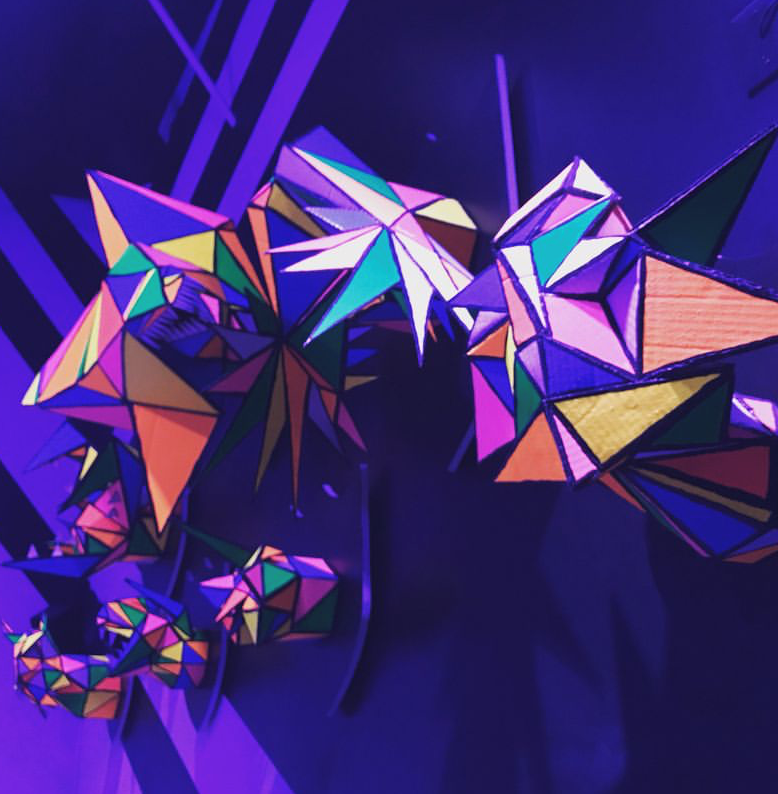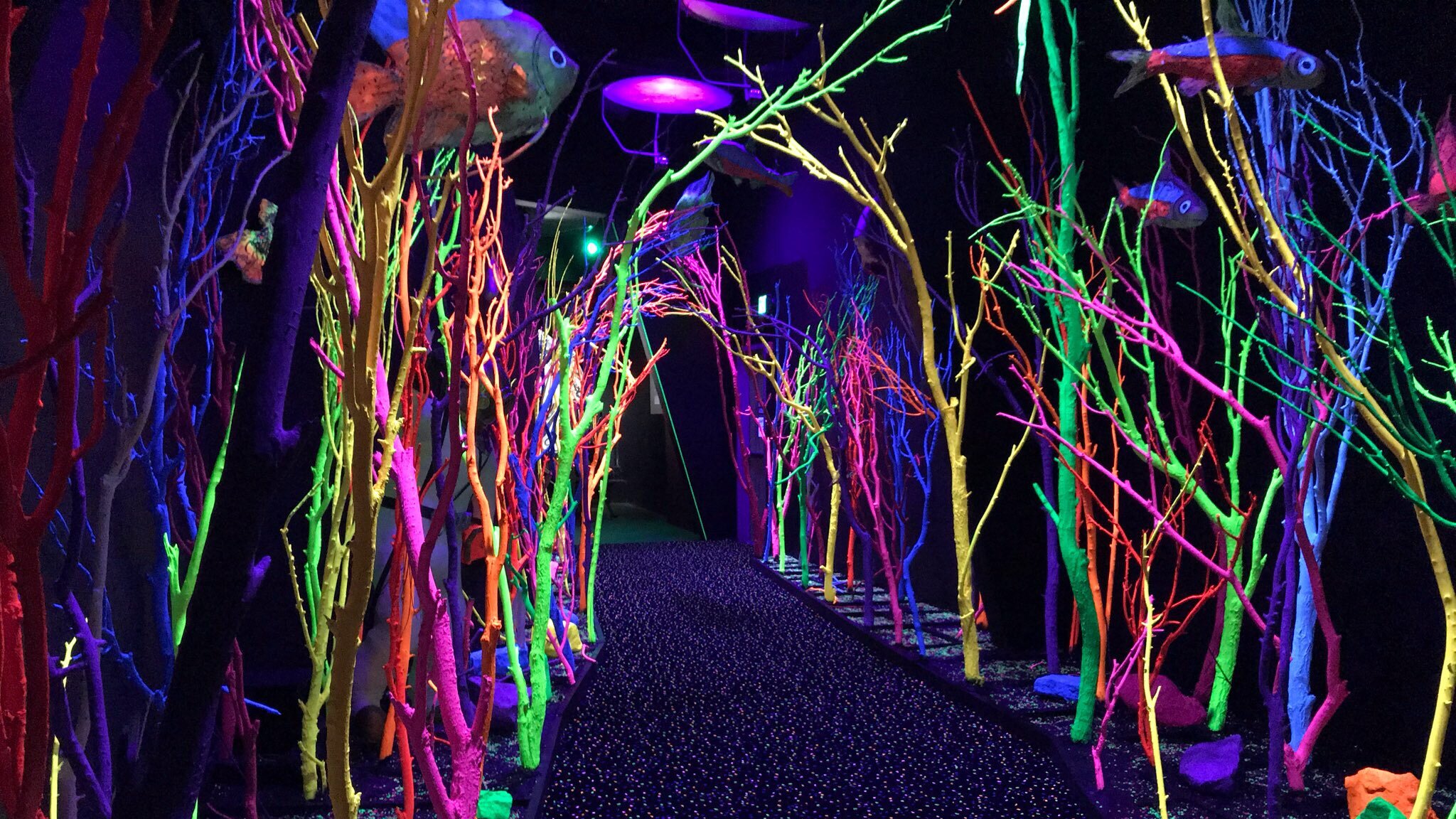Scratch Alternate Realities
In our Tinkering World Tour online workshop, we’ve been spending some time in each session experimenting with a tinkering activity inspired by the place we are visiting and the environments, tools and materials that we all have around our unique locations.
This week, we’re heading to New Mexico and we’ll try a new digital activity based on Meow Wolf’s House of Eternal Return, a psychedelic installation/art project where two of our guest artists, Lauren Cason and Jerome Morrison, have created some really fun projects.
This project was also inspired by experiments that I saw this summer from the Tinkering Studio’s “animate your world” project and the Scratch team’s how to host a video sensing workshop guide. I thought we could get inspired to make a similar project using themes from Meow Wolf, where a seemingly ordinary house hides passages and connections to other dimensions.
Before the workshop, we asked participants to take two pictures of something in their house that can be opened and closed so that they could play with the idea of a secret world hidden in an ordinary closet, drawer, shelf or appliance. Over the past days, I’ve made a couple examples and have thought a bit about the process of making these hidden worlds. I’d like to share a few helpful techniques that I’ve discovered while working on these projects.
For my first project, I took two photos of a old refrigerator in my house (one with the door open and one with it closed). I uploaded the two images to scratch in the “stage” section as different backdrops. If you convert them to vector it’s a little easier to use the editing tools to resize and move around the backdrops until they basically line up.
Next I deleted the scratch cat and began to draw a new sprite. I knew that I wanted something a little freaky to fit inside the open refrigerator space so I sort of tried to draw a rectangle, line by line while seeing how it matched the space in the fridge. The vector resizing and moving tool also was really helpful here. I added a bit of ghost effect (in the looks blocks) to make it seem a bit more spooky.
My original plan was to use the ‘hide’ and ‘show’ blocks to have the “portal to the other dimension” sprite appear when clicked (and the background changed). But I found out that a hidden sprite cannot be clicked.
I could have made it work with the ‘when stage clicked’ hat block but I came up with another plan to turn one of the costumes of my sprite into a camouflaged handle which could be clicked. The last little tricky thing that I had to do was make a variable to line up the background and the sprite changes and clear the graphic effects so that the handle always stays “normal” and shows no trace of the secret hidden world.
For the next prototype project, I got inspired by a playful door near a local playground. I wanted to see if I could interact with the face and make it come to life using scratch. To get started, I imported the photo as a backdrop and also imported the same photo as a sprite.
In the costume section of the sprites I erased everything except one of the eyes. I then lined up that sprite exactly over that part of the background. I think it’s probably better to center the sprite in the paint editor and then move it on the stage to the exact right point. It helped to increase the size by 10 so that it completely overlapped, but didn’t look too out of place.
Once I had the eye, I just started experimenting with different things that I could make it do. I ended up making the eye spin when clicked (and added a second spinning eye as well. I did the same trick of erasing everything in the backdrop sprite to make a tongue that could change color. I like how this prompt really allows for so many possibilities and makes it easy to keep going with new additions and complications.
It could be really interesting to use these same techniques while incorporating video and sound sensing as in the #animateyourworld prompt. I think that a photo of a room could be turned into a rich environment for exploration, digital art and gameplay (and we can start to explore some of the same techniques used by Meow Wolf artists).








